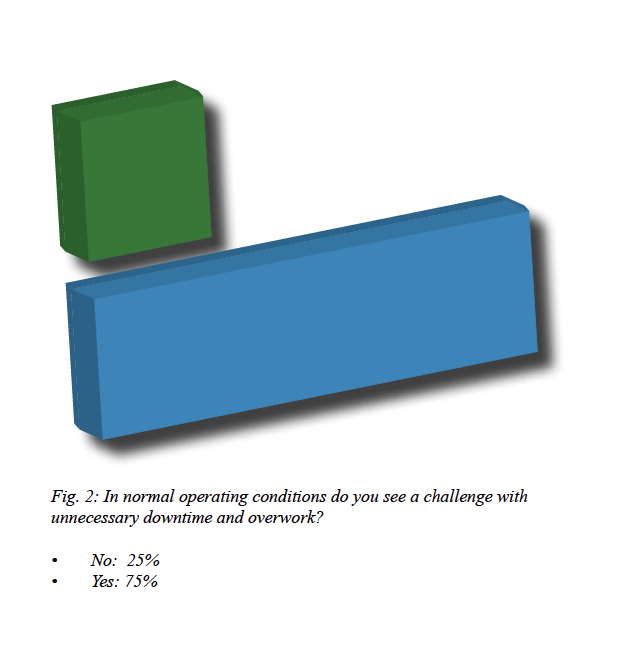Are you managing costs of your workforce effectively?
As we continue the analysis of our exclusive research study run in conjunction with specialist workforce management solution provider Goodt, we look at the current trends amongst service-centric organisations regarding optimising the costs of managing the workforce…
As we saw in the previous section of this report increasing revenue growth is a leading consideration for service companies when it comes to assessing the success of their respective workforce management programs.
However, while revenue generation is vital for solid business development, ultimately, the number one metric that determines business success will always remain profit.
As the old saying goes, revenue is vanity; profit is sanity.
Indeed, within the field service sector and in most industries, the most significant cost factor on a P&L is the cost of labour. Therefore, we wanted to dive deeper into this area within the study to understand the primary trends regarding optimizing costs when managing the workforce.
First, we put a simple question to our respondents to assess how significant an issue balancing the costs of labour is within most organizations.
Generally, issues around the optimization of costs within workforce management fall into two essential categories. We either see an issue with unnecessary paid for downtime, where workforce costs remain fixed, but workers are underutilized, or we see inflating costs with overtime being required to meet demand having an often dramatic impact on the cost of labour and, of course, the overall profit line of the company.
 Therefore, finding a balance to this equation is certainly a primary objective for all service organizations.
Therefore, finding a balance to this equation is certainly a primary objective for all service organizations.
However, the study findings would suggest that this is an objective that is easier said than done as three quarters (75%) of the study respondents indicated that in normal operating conditions, they saw a challenge with unnecessary downtime and overwork (figure 2).
For field service organizations, one potential approach to easing out these peaks and troughs and riding the waves of seasonal demand has been to embrace the blended workforce model – which is also widely used in many subsets of the hospitality sector, amongst others.
Indeed, this is an area we have discussed at great length on www.fieldservicenews.com, and FSN Premium subscribers can access a feature-length documentary featuring Ericsson, Electrolux and Ideal Boilers that outlines how the blended workforce can be practically adapted to overcome precisely this issue. The documentary ‘The Blended Workforce and the New Normal’ is available at www.fieldservicenews.com/documentaries.
However, while the use of third-party workforces to accommodate peaks in demand (and thus allows the employment of a core workforce in line with lesser requirements) is suitable for organizations who understand the variability of their workforce’s demands, it may not be ideal for all organizations. An absolute must is some form of capacity planning that provides visibility into the challenges that lay ahead so we can adapt accordingly.
Again, the study would indicate that this is another area that few organizations can master successfully. This is particularly evident in the response to the question: Which of the two, overtime or downtime, is the biggest concern?
Interestingly, while slightly more respondents cited over time as the most significant concern (33% vs 28%), a more substantial proportion of respondents (39%) stated that they swing from one to the other. This would suggest that most service-focused companies within this response set have inadequate foresight into the variability of demand to adjust workforce levels accordingly.
This assertion is undoubtedly supported when we look at whether the response to the question, ‘Do you think there is further room for optimizing costs within the way you run your workforce management?’ Over three quarters (86%) of respondents stated that they felt they could do better in this area. Although as one respondent commented, ‘there is always further room for improvement.’

This content is available exclusively for FSN Premium members. Please either log-in or subscribe for access


